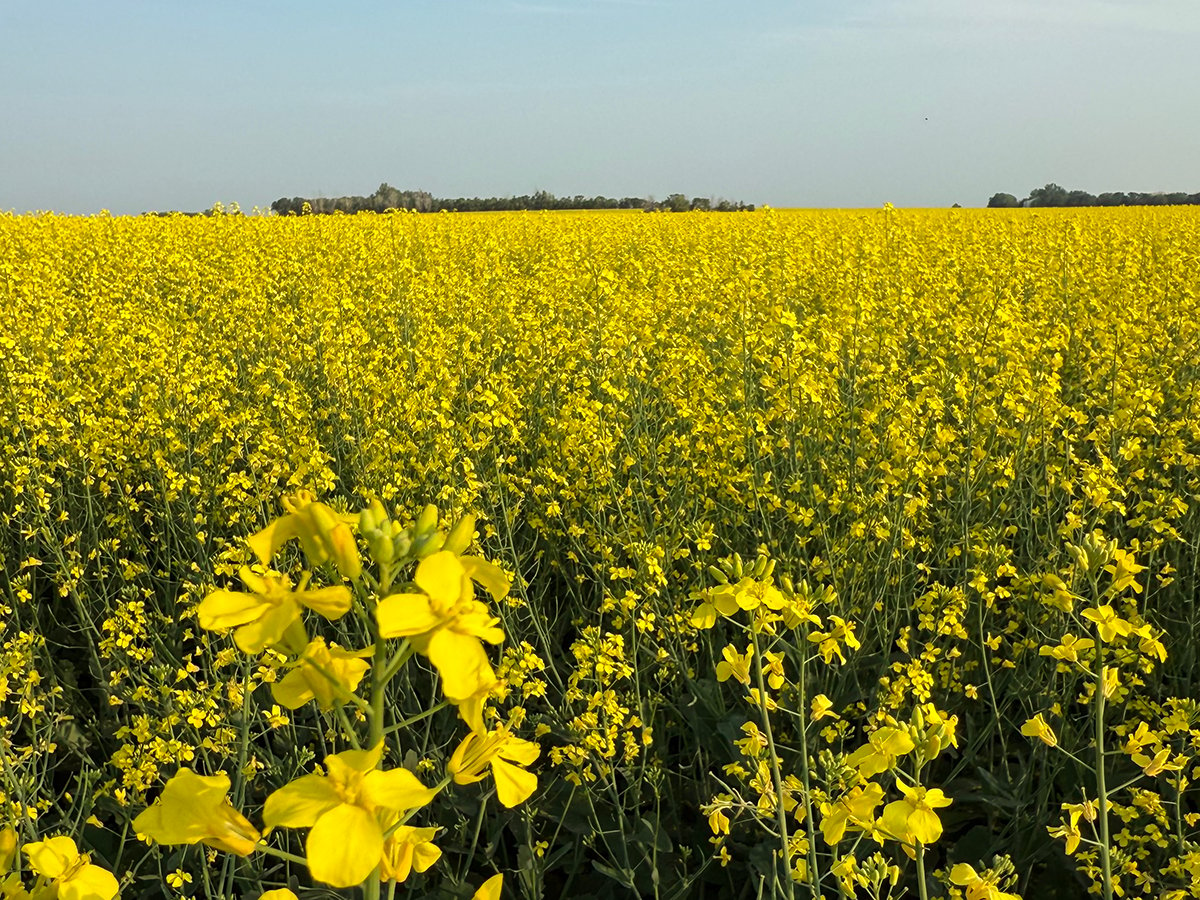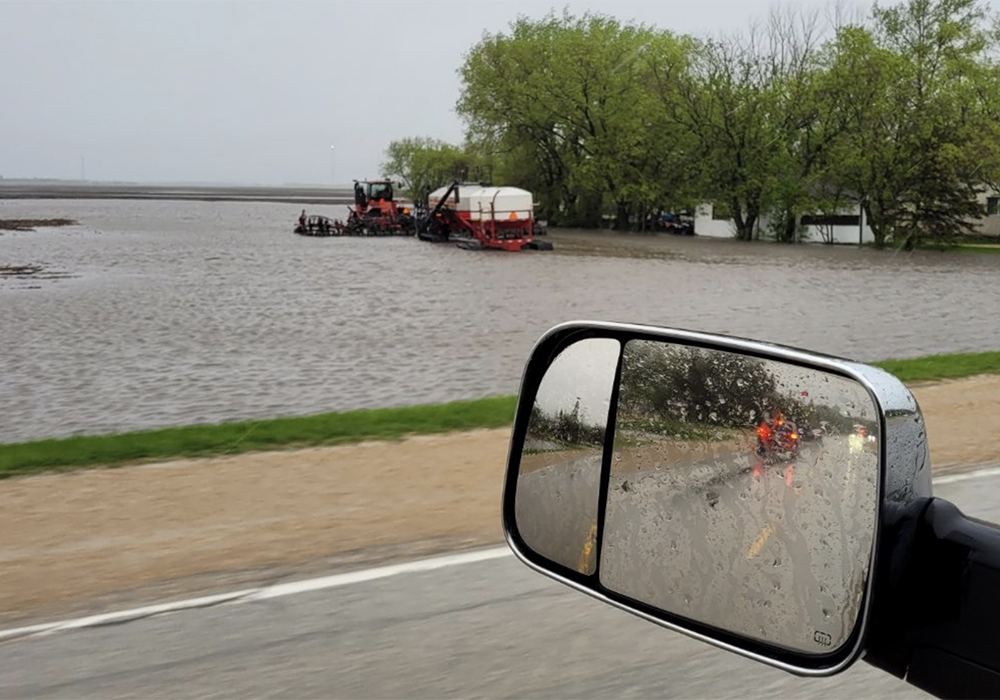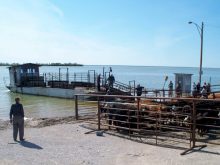Much depends on the weather for the first 10 days of June, but Manitoba farmers may only seed 80-85 percent of the cropland in the province this spring.
Yet another Colorado Low dumped 30-80 millimetres of rain on much of southern Manitoba May 30-31, further drenching fields that were already wet.
Low spots may not dry up in time for planting and in some cases, farmers may have to abandon entire fields.
Read Also

Canola support gets mixed response
A series of canola industry support measures announced by the federal government are being met with mixed reviews.
“I think it would be tough to get too much above 90 percent (of cropland seeded),” said Bruce Burnett, director of weather and markets information for Glacier FarmMedia.
“Certainly, to get in that 80 to 85 percent range, is within the possibility…. We are going to see some acreage loss. Those areas that have been flooded for most of the spring… they (probably) won’t be able to be seeded this year.”
If the estimate is correct, it’s possible that one to 1.5 million acres of farmland won’t be seeded this spring. Manitoba farmers typically seed 9.5 – 10 million acres of canola, wheat, soybeans, oats, corn and other crops.
Producers were able to plant a substantial number of acres during four or five days of dry weather following the May long weekend. But seeding is still two or three weeks behind schedule.
As of May 31, seeding was about 40 percent complete, Manitoba Agriculture said in its most recent crop report. Normally, 92 percent seeding is done by the last week of May in Manitoba.
The May 30-31 rainfall delivered enough moisture to halt seeding for days or a week, depending on the region. The additional 30-70 mm of moisture will likely set records for the month of May in many parts of the province.
Winnipeg, as an example, recorded 284 mm of rain and snow in April and May – the highest amount for the two-month period – exceeding the previous record set in 1896.
Other regions recorded 100-130 mm of rain since May 1, which represents 250 – 300 percent of normal.
St. Lazare, near the Saskatchewan border, has had 150 mm of precipitation since May 1, 315 percent of normal for the month.
“Seeding will likely resume at the start of next week in much of (the province),” Manitoba Agriculture said in the crop report. “Wet spots that have been left in seeded fields will likely remain unplanted this year.”
A percentage of land will not get seeded, but growers are determined to get something in the ground. Long season crops like corn and soybeans are being abandoned in favour of shorter season crops like oats.
“Farmers are switching out of remaining unplanted corn in favour of canola, and silage corn growers are considering planting more greenfeed cereal crops as a replacement,” Manitoba Ag said. “Expect a 10 to 40 percent reduction in grain corn acres in all regions from intended fields switched out to another crop.”
Morgan Cott, an agronomist with the Manitoba Crop Alliance, agreed that corn acres will drop. But in southern municipalities with the highest amount of potential heat units, the corn seeding deadline for Manitoba crop insurance is June 6.
So, a few more acres could go in the ground.
Many producers are still trying to plant canola and are using alternative methods to get seed in the ground.
“Some canola is being broadcasted using custom floaters or Valmar units, and harrowed or coultered in. Custom application broadcast equipment is in very high demand,” Manitoba Ag said in its crop report.
Some farmers may need to switch out of canola to oats and barley, because seeding canola in the second week of June can be risky.
“There’s a point here where we’re going to have to start talking about earlier maturing crops like oats and barley,” Burnett said, adding those crops can also be profitable in 2022.
“In reality, prices are good for everything.”
It’s still possible that 90-95 percent of cropland will get seeded, but that will require a prolonged stretch of warm and sunny weather, Burnett said.
“That takes a lot of cooperation from Mother Nature, which really hasn’t seemed to be that cooperative this spring.”
Contact robert.arnason@producer.com
















